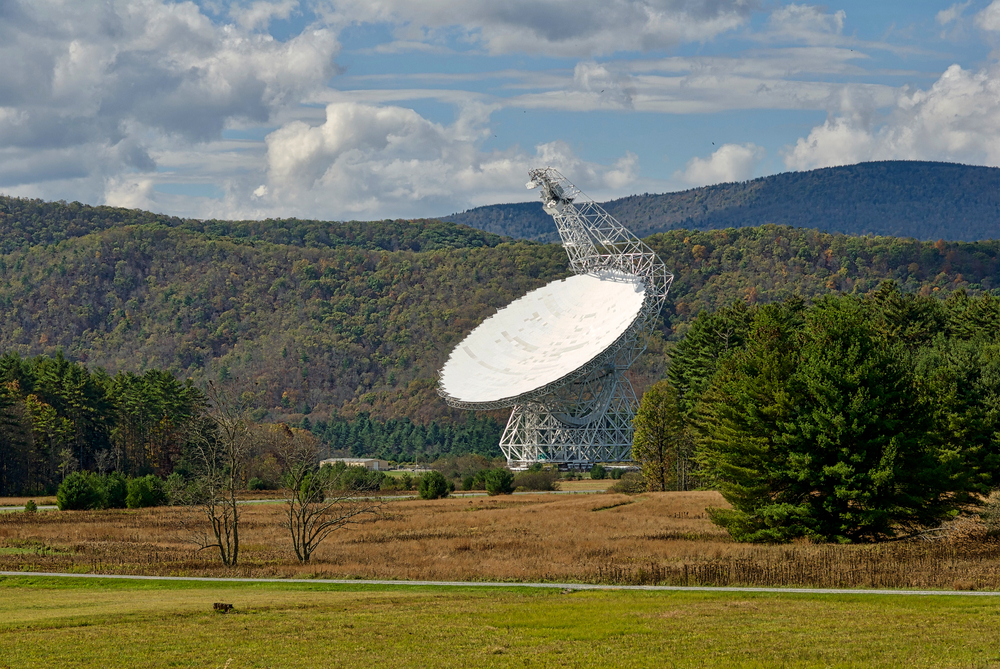
One of the great scientific projects of our time is the Search for Extraterrestrial Intelligence, or SETI—the search for evidence of technologically advanced civilizations elsewhere in the galaxy. The current manifestation of this endeavor is the Breakthrough Listen Initiative, which uses radio telescopes to search for signals that cannot be of terrestrial origin.
The big challenge in this effort is looking at massive data sets—hundreds of hours of data at multiple frequencies. Researchers have found tens of millions of false positives in these data sets, and so many would appreciate a faster way to filter out the weeds.
SETI machine
Now Peter Xiangyuan Ma of the University of Toronto in Canada and his colleagues have trained a machine learning algorithm to do the job instead. And in testing the machine, the team says it helped identify 8 signals of interest that merit further follow-up.
One feature of a signal from a distant star is that it should only be observable when a radio telescope is pointed directly at it. Point the telescope to the side and the signal should disappear. Conversely, most ground-based interference penetrates the observations regardless of the telescope’s pointing direction.
So astronomers have developed a technique called “position switching” where, during an observation, the radio telescope scans a certain part of the sky for a few seconds, then looks away, then continues scanning, then looks away, and so on.
These cadences create distinctive data patterns. Any signal from a distant star appears only in the “at source” scans, while terrestrial interference should appear in all scans. This makes these false positives relatively easy to spot.
The trick that Xiangyuan Ma and co have perfected is to teach a machine learning system to spot these distinctive patterns in the rhythm.
They used their algorithm to analyze 480 hours of observations of 820 stars taken by the Robert C. Byrd Green Bank Telescope in West Virginia. This came in the form of over 1000 beats, generating around 115 million data windows for analysis.
In this haystack, the algorithm found almost 3 million distinctive patterns, which further filtering reduced to just 20,515. “On visual inspection, we identify 8 promising signals of interest,” the team says.
Solar analog
These signals correspond to five stars that lie between 30 and 90 light-years from Earth. One of them is a Sun-like star called HIP 62207. The team re-observed these stars, but did not see the same signals again. “This shows that whatever the true nature of these signals, they are not persistent over time,” they say.
This is interesting work that pushes the boundaries of what is possible with SETI. “This work represents the most comprehensive ML-based technosignature search to date and improves upon previous work by finding interesting signals not previously detected,” say Xiangyuan Ma and co.
These types of automated analyzes should make future studies more manageable and improve the chances of discovering other civilizations.
At this time, the team has not reached a conclusion about the origin of the signals of interest. But they clearly deserve more attention. “We encourage further re-observations of these targets,” they say.
Ref: Deep Learning Search for Technosignatures of 820 Nearby Stars: arxiv.org/abs/2301.12670

